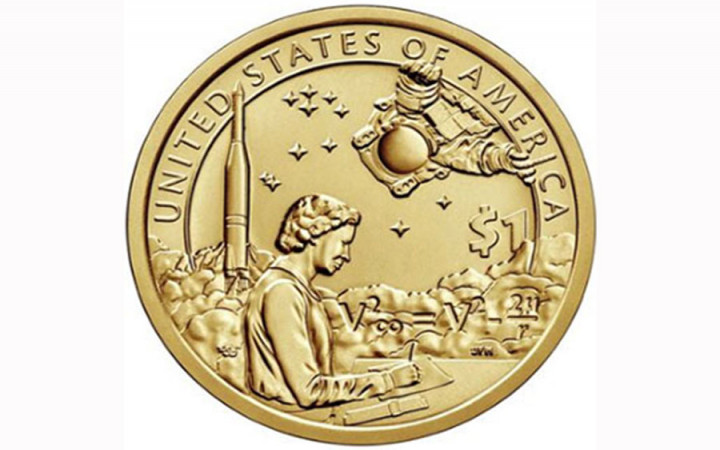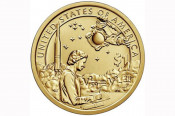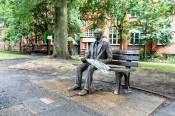Today’s Wonder of the Day was inspired by Aaditri. Aaditri Wonders, “Who was Mary Golda Ross?” Thanks for WONDERing with us, Aaditri!
World War II took hundreds of thousands of men away from their pre-war jobs. This made big gaps in the workforce. In many industries, for the first time, women could work. Join the Wonder team today as we meet one awesome woman who became an engineer—Mary Golda Ross.
Ross was born in Oklahoma on August 9, 1908. She was a proud member of the Cherokee tribe. Ross’ great-great-grandfather was Chief John Ross. He fought against the federal government’s removal of Cherokee from their tribal lands. Despite his work, they forced him and other tribe members to walk the Trail of Tears.
Mary earned a bachelor’s degree in math and spent her early career teaching. Following Cherokee custom, she thought girls should get the same chances as boys for education. In 1938, Ross earned a master’s degree, also in math.
A few years later, the U.S. was deeply involved in World War II. The Lockheed Corporation hired Ross. Lockheed built aircraft. During the war, Lockheed made P-38 Lightning fighter planes. Ross and others improved the stability of the planes at top speeds.
While many women gave up their jobs as men returned from the war, Ross stayed with Lockheed. She kept learning and, in 1949, she became the first known Native American woman certified and registered as an engineer. Ross was one of 40 engineers hired to be part of Lockheed’s Skunk Works Advanced Development Program. (Skunk Works was a nickname for the secret program.) She was the only woman and the only American Indian engineer on the team. Much of what Ross and the rest of the team worked on is still classified.
Throughout her college studies, Ross liked astronomy. She studied as much as she could about the stars. Her later work at Lockheed helped the United States in the “space race.” They launched rockets, explored other planets, and made missiles and satellites.
Lockheed thought Ross was crucial to the design of the Agena rocket. Agena made several launches. It was a step toward the development of the Apollo program. The Apollo program made it possible for the first people to walk on the moon.
Ross was a trailblazer. She got an education in a field that had very few women. She made vital contributions to space exploration. And she paved the way for other American Indians and women. Ross retired from Lockheed in 1973. She died on April 29, 2008. She was almost 100 years old.
In 2019, the U.S. Mint honored Ross with a one dollar coin. The coin is part of a series honoring American Indians in U.S. history and development. Ross went to the 2004 opening of the National Museum of the American Indian in Washington, DC. There are many books and articles about Ross’ life and contributions to science. People continue to remember her spirit and her desire to see more women and American Indians in STEM careers.
Standards: CCRA.R.1, CCRA.R.3, CCRA.R.4, CCRA.R.10, CCRA.L.3, CCRA.L.4, CCRA.L.5, CCRA.L.6, CCRA.W.4, NCAS.CR.1, AASL.B.I, SEL.1










